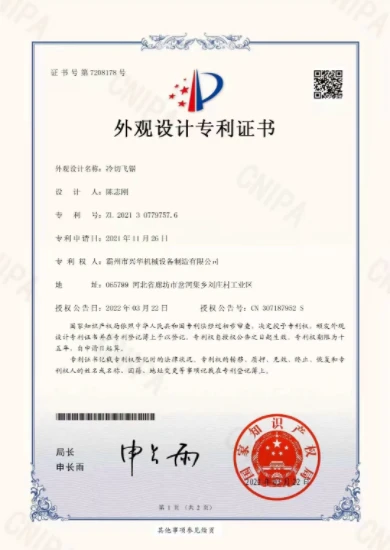seamless pipe making machine
The Seamless Pipe Making Machine Advancements and Applications
In modern manufacturing, seamless pipe making machines play a crucial role in producing high-quality pipes that are essential in various industries. These machines are designed to create seamless pipes through a process that eliminates the need for welding, thus providing stronger and more durable products. The technology has evolved significantly, leading to enhanced efficiency, precision, and versatility in pipe production.
What Are Seamless Pipes?
Seamless pipes are cylindrical tubes made from a solid block of material, typically steel, that has been heated and extruded to form a pipe without any seams or welds. This feature makes them less susceptible to failures caused by high pressure or corrosive environments, which are common challenges in industries such as oil and gas, construction, and chemical processing.
The Technology Behind Seamless Pipe Making Machines
The seamless pipe making process generally involves several key steps, starting with the heating of a billet - a solid block of metal. The billet is heated in a furnace to a temperature that allows it to be malleable. Once heated, the billet undergoes piercing, where it is transformed into a hollow tube using a rotary piercer. This step is critical, as it determines the integrity of the pipe.
After piercing, the hollow tube goes through elongation, where it is further processed to achieve the desired length and diameter. This is typically accomplished using a series of rolls and mandrels that help maintain the shape and dimensional accuracy of the pipe. Once the pipe reaches its final form, it undergoes heat treatment and surface finishing to enhance its mechanical properties and appearance.
Advantages of Seamless Pipe Production
The seamless pipe making machines offer several advantages over traditional welded pipe manufacturing methods. One of the primary benefits is the strength of the final product. Seamless pipes can withstand higher pressure and temperature variations, making them ideal for challenging applications.
seamless pipe making machine

Another advantage is the reduced risk of corrosion and leaks. Since seamless pipes do not have any welds, there are fewer weak points where failures can occur. This is particularly important in industries where safety and reliability are paramount.
Additionally, the production process for seamless pipes generally results in a more uniform thickness and fewer imperfections, leading to improved flow characteristics, especially in fluid transport applications.
Applications of Seamless Pipes
Seamless pipes are widely used across various sectors. In the oil and gas industry, they are employed in drilling, transportation, and piping systems. Their ability to withstand high pressure and harsh environments makes them indispensable in such applications.
In construction, seamless pipes are used for structural applications, water supply systems, and scaffolding. Their durability ensures longevity and reliability in critical infrastructures.
Moreover, seamless pipes are also prevalent in automotive applications, where they are used in exhaust systems, hydraulic lines, and chassis components. The aerospace industry utilizes seamless pipes for fuel lines and other critical systems, where weight savings and strength are essential.
Conclusion
The seamless pipe making machine represents a significant advancement in manufacturing technology, offering superior strength and durability compared to traditional welded pipes. As industries continue to demand higher performance materials that can withstand extreme conditions, the importance of seamless pipes and the machines that produce them will only grow. Investing in cutting-edge seamless pipe making technology not only enhances operational efficiency but also promotes safety and reliability across various applications. As we move forward, innovations in this field will likely lead to even greater advancements, further solidifying the role of seamless pipes in modern manufacturing.
-
High Frequency Straight Seam Welded Pipe Production Line|BzZhou Xinghua|Precision Welding&EfficiencyNewsJul.30,2025
-
High Frequency Straight Seam Welded Pipe Production Line - BzZhou Xinghua|Precision Engineering&EfficiencyNewsJul.30,2025
-
High-Frequency Straight Seam Welded Pipe Production Line-BzZhou Xinghua Machinery Equipment Manufacturing Co., LTD.NewsJul.30,2025
-
High-Frequency Straight Seam Welded Pipe Production Line-BzZhou Xinghua Machinery Equipment Manufacturing Co., LTD.|Precision Manufacturing, High EfficiencyNewsJul.30,2025
-
High Frequency Straight Seam Welded Pipe Production Line-BzZhou Xinghua Machinery Equipment Manufacturing Co., LTD.|Precision Steel Pipe Manufacturing&Industrial EfficiencyNewsJul.29,2025
-
High-Frequency Straight Seam Welded Pipe Production Line-BzZhou Xinghua Machinery Equipment Manufacturing Co., LTD.|Precision Steel Pipe Manufacturing&Industrial EfficiencyNewsJul.29,2025


